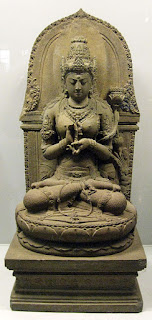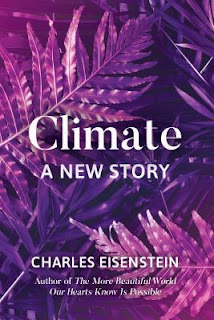This classic of Chinese literature from the 16th century was a satire on courtly life at the imperial palace as well as a political statement on the rivalries between Taoism and Buddhism. It also contains deep truths about human nature and shows the author's own sincere faith. It happened that when they arrived, all the deities of the Holy Mountain were assembled before Buddha, to receive his instructions. ‘We beg to state that the pilgrims have been to Ch’ang-an, as commanded, have handed over the scriptures and have now returned to report,’ said the Vajrapanis. They then motioned to Tripitaka and the rest to come forward and receive their heavenly rank. ‘Holy priest,’ said the Tathāgata, ‘you in a previous existence were my second disciple and were called Golden Cicada. But because you paid no heed to my teaching and scoffed at my doctrine, I caused you to be reborn in the East. But now by the true devotion you have shown in the fetching of my holy scriptures, you have won great ...







